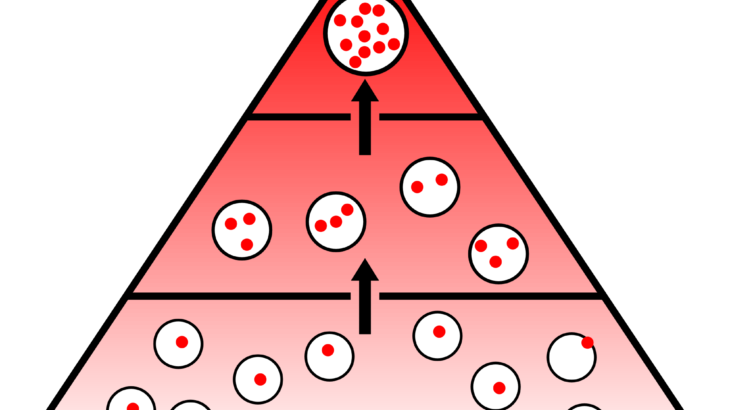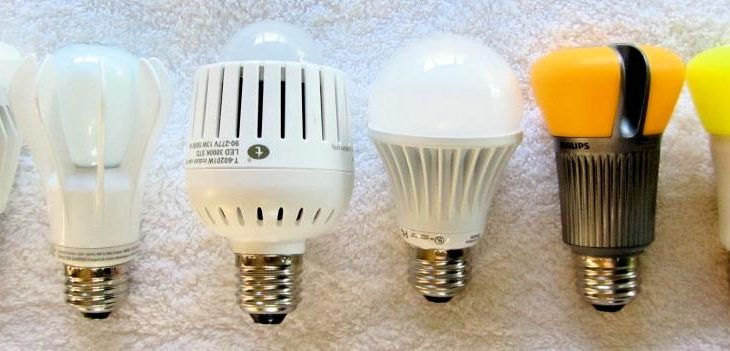
By Dorottya Harangi, Health, Medicine and Veterinary Sciences editor Have you ever been told that you should be careful about how much tuna you eat? Part of the reason why is bioaccumulation, which is when the level of certain toxins (for example, DDT or mercury) increases in concentration in the bodies of organisms as you […]







